Lisa Jarvis: The White House's drug plan has some convenient blind spots
Published in Op Eds
There couldn’t be a more pressing or galvanizing topic for Americans than the high cost of prescription drugs. And after months of blustery talk from President Donald Trump about lowering prices and cracking down on Big Pharma, his plans are finally starting to take shape, beginning with pacts with manufacturers.
But before we get too excited, consumers should demand more transparency about what they’re getting from his dealmaking — and ask who is truly benefiting from the sum of his health care actions.
Trump wisely put the issue of drug costs front and center, promising consumers a better deal than what his predecessors could extract from companies. His main strategy has been to threaten pharma companies with outlandishly high tariffs if they didn’t comply with his demands, which included reshoring manufacturing, bringing U.S. drug prices in line with those in Europe, and expanding direct-to-consumer sales.
The deal with Pfizer announced last week seemed to check all the president’s boxes by offering most-favored-nation prices to Medicaid, a commitment to invest in U.S. production, and an agreement to feature some of its branded drugs on a TrumpRx portal. In exchange, the company is exempt from tariffs for the next three years. Other companies appear to be negotiating their own deals, fueling a sense that months of uncertainty and anxiety may soon be in Big Pharma’s rear window.
All of that sounds promising — until you look at the details, which remain murky.
When weighing the merits of the deal for consumers, it’s worth noting the differences in language between Trump’s press conferences, the White House fact sheet, and Pfizer’s press release, says Stacie Dusetzina, who studies drug policy and prices at Vanderbilt University.
A few words in the Pfizer release stand out. “Voluntary,” for example, and “confidential.” The careful language and lack of real details about the arrangement suggest that, despite the fanfare, “Pfizer got a really good PR deal out of it,” Dusetzina says.
It’s far less clear if American health care consumers got a good deal.
For starters, few people are likely to benefit from Trump’s direct-to-consumer website. Yes, Pfizer has agreed to sell drugs there at discounts as high as 85%, and an average of about 50%, but people with insurance usually pay only a fraction of list prices or a small copay. That significantly narrows the site’s appeal mainly to people without insurance, or to those whose insurance no longer covers a brand-name drug they prefer.
But even that group might not find it helpful. Discounting a wildly expensive drug can still leave patients with a crushing bill. Take, for example, the 40% price cut for Pfizer’s arthritis treatment Xeljanz that the White House touted in its fact sheet. With a list price of more than $6,000 per month, patients would still be on the hook for about $3,600 per month. (That same drug, notably, can easily be found for a lower price through GoodRx.)
Many pharma companies were already setting up their own direct-to-consumer websites, and Trump’s demands seem to be simply accelerating that move. Amgen, for example, announced Monday it would sell its cholesterol-lowering treatment Repatha at a 60% discount on a newly-established site and eventually offer it through TrumpRx. (Like Xeljanz, the drug can be found at the same discounted price on GoodRx.) And Mark Cuban’s Cost Plus Drugs offers a transparent pricing model, raising the question of whether TrumpRx will offer consumers anything new or better.
Meanwhile, Medicaid’s most-favored-nation pricing approach also sounds promising, but it’s nearly impossible to gauge savings. Dusetzina points out that it’s unclear how Medicaid’s current payments compare to international prices. And because legislation that went into effect last year discourages price hikes and incentivizes cuts, it’s possible that Medicaid may already pay less than other countries for older brand-name drugs.
“The details really matter, and I don’t think we’re ever going to get the details to be able to understand if this was a good deal or not for the American public,” Dusetzina says.
Amid all the bluster, it would be easy for the public to overlook the other, more substantive health policy changes the Trump administration is making — unfortunately, some to consumers’ detriment.
The biggest are deep cuts to Medicaid and the likely expiration of subsidies used by most people with Affordable Care Act health plans. Combined with smaller policy shifts, these changes will result in an estimated 15 million more uninsured Americans by 2034, according to Congressional Budget Office estimates. For them, drugs will be far more expensive without insurance coverage — and studies show that cost is a major factor in whether people stick to their medications.
And while health policy experts are relieved that the Trump administration isn’t completely scrapping Medicare’s new drug price negotiation powers, the president’s One Big Beautiful Bill significantly watered them down.
In a gift to pharma, the bill broadened reprieves to drugs that treat rare conditions. Under the original law, a medication treating a so-called orphan disease was exempt from Medicare negotiations. Trump’s bill expanded the scope, allowing drugs treating multiple rare conditions to be excluded altogether, and delaying the negotiations for drugs that first came onto the market as rare treatments but later gained approval for common conditions.
That shift could potentially delay Medicare’s ability to negotiate key drug prices, eating into projected savings — and ultimately costing seniors more. The CBO initially projected the change would sacrifice some $5 billion in savings, but that calculation is viewed as a gross underestimate because it excluded the impact of several blockbuster drugs.
Merck & Co. and Bristol Myers Squibb, which market lucrative cancer immunotherapies that are expected to get a year’s reprieve, are among the biggest winners. Medicare accounts for a substantial portion of Merck’s revenue from Keytruda, which is projected to top $31 billion this year. In 2023, the government program spent some $5.4 billion on the cancer treatment — about a fifth of its total sales.
Trump’s focus on lowering drug prices targets a critical issue for Americans. But without far greater transparency, it’s impossible to assess whether his wheeling and dealing benefits consumers as much as it does Big Pharma. Until then, it’s hard not to worry that he’s creating the illusion of big savings, while behind the scenes making consequential decisions that could cost patients and the government dearly.
_____
This column reflects the personal views of the author and does not necessarily reflect the opinion of the editorial board or Bloomberg LP and its owners.
Lisa Jarvis is a Bloomberg Opinion columnist covering biotech, health care and the pharmaceutical industry. Previously, she was executive editor of Chemical & Engineering News.
_____
©2025 Bloomberg L.P. Visit bloomberg.com/opinion. Distributed by Tribune Content Agency, LLC.
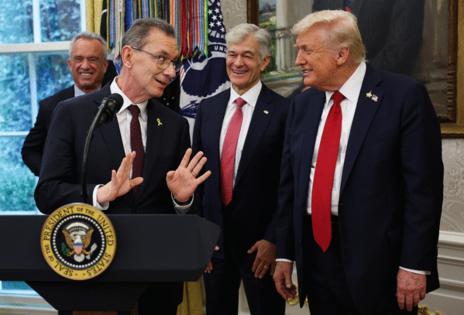


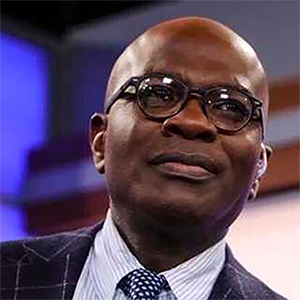






















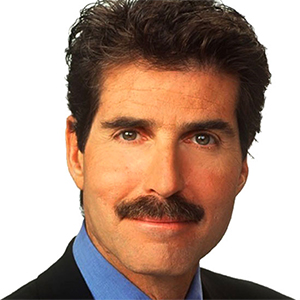

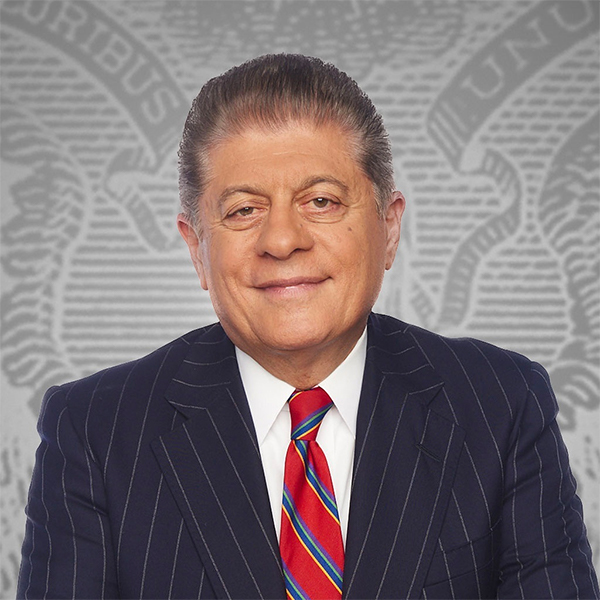

























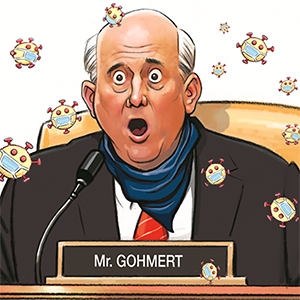

Comments